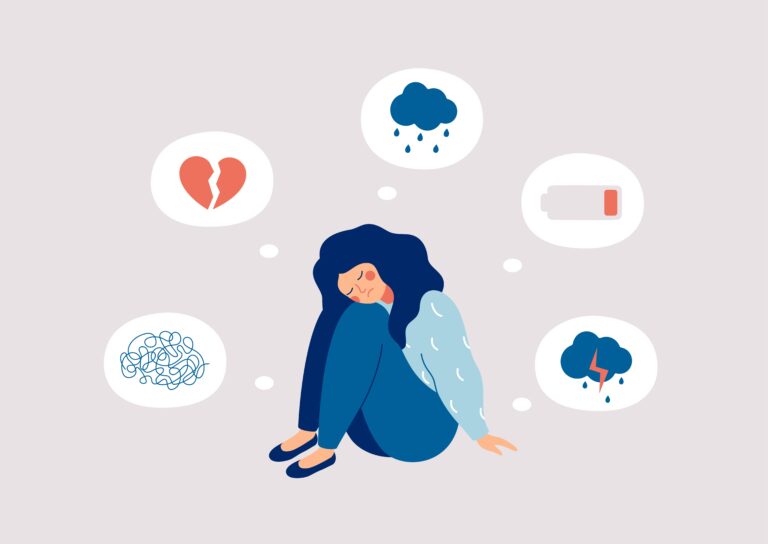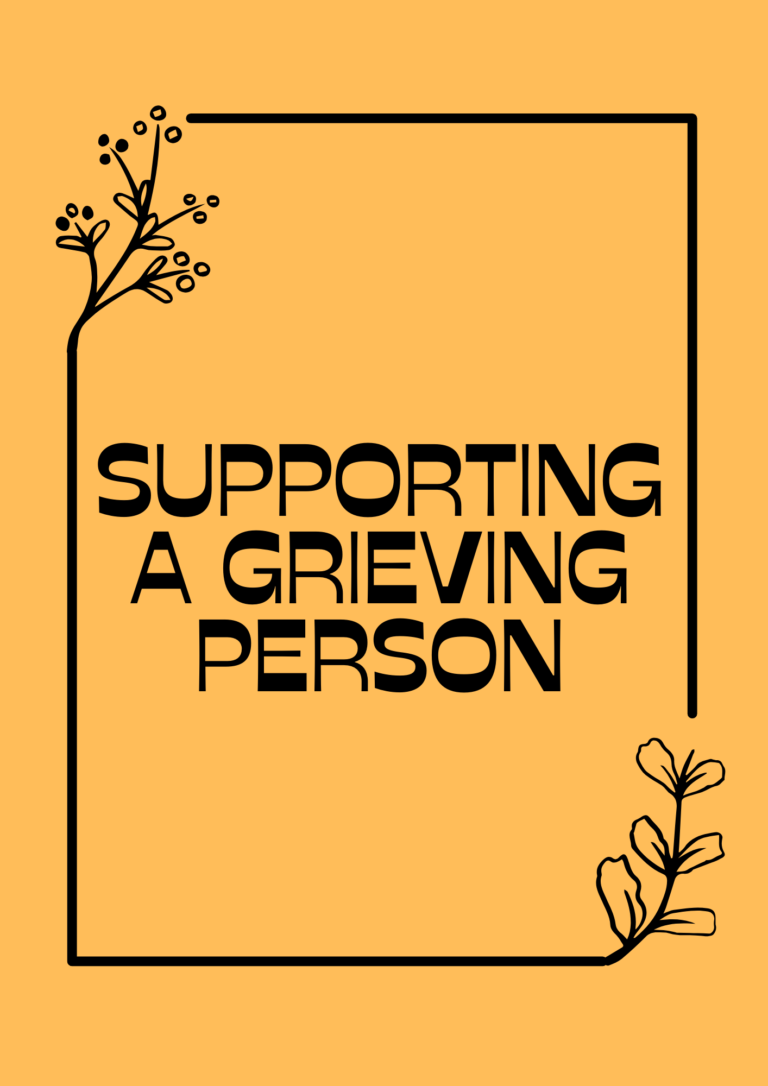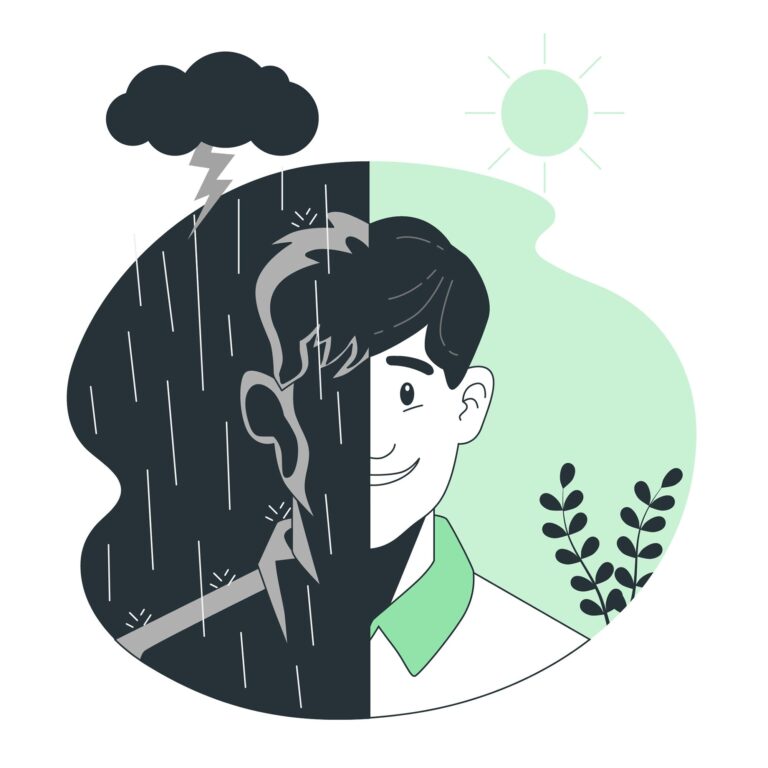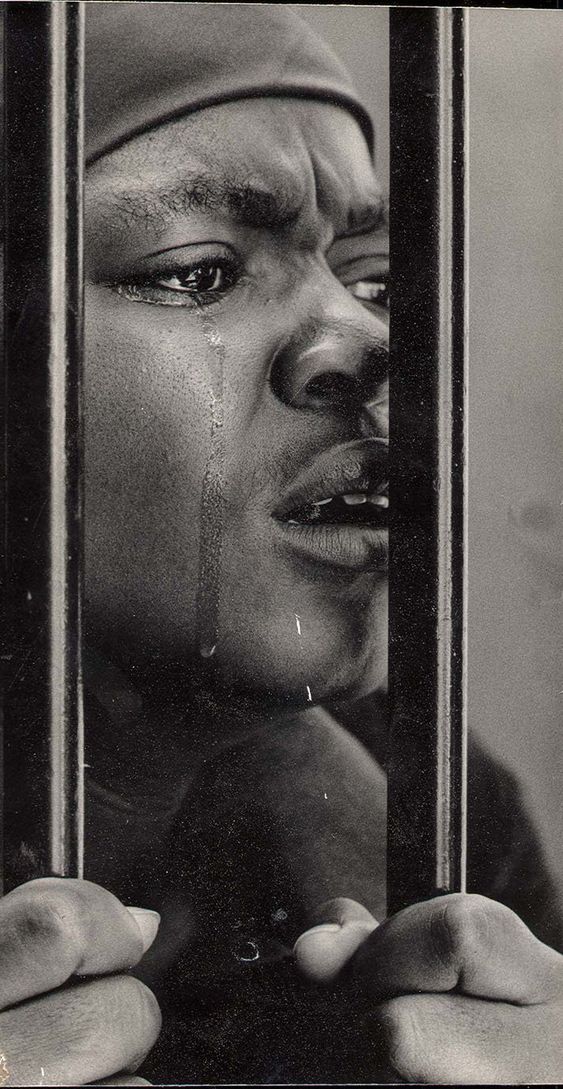Outstanding Differences Between Anxiety and Depression
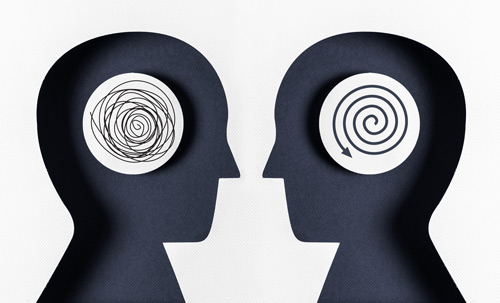
People often confuse anxiety and depression because of the similarities in their symptomatology. Although they are the most known mental conditions, it requires some expertise to distinguish them. One thing is certain— the two illnesses are comorbidities.
Anxiety is both a symptom and causative for depression and vice versa. Thus, it may be difficult to tell both psychological illnesses apart. Nevertheless, it is vital to know both conditions to get the required prognosis and intervention.
Differences in Definition
Anxiety comes as a collection of disorders. Typically what people refer to as anxiety is Generalized Anxiety Disorder (GAD). It is excessive and uncontrollable worry over ordinary things for at least six months. The Diagnostic and Statistical Manual of Mental Disorders (DSM V) eliminates apprehension triggered by panic attacks, social phobias, separation anxiety, weight and body dysmorphia, or delusional mental conditions when defining GAD.
Similarly, depression represents a group of depressive mood disorders that manifest as extreme and persistent sadness. The negative mood interferes with everyday living and also affects behavior and emotions. Despair is the differentiating factor between anxiety and depression. Although symptoms like restlessness, anxious distress, irritability, fatigue are prevalent in depression, hopelessness—the distinguishing factor—is always present.

Difference in Symptoms
Anxiety and depressive mood disorders share some symptoms. However, other additional symptoms differentiate both conditions.
Anxiety Symptoms
Excessive Worry
A typical characteristic of anxiety disorders is persistent and uncontrollable fear. The apprehension is usually at a greater magnitude than the situation demands. Sometimes, even when there is no cause for alarm, a person is still overcome with worry.
Agitation
Anxiety makes someone feel bothered, frustrated or easily angered. The irritation is a result of the physiological effects of anxiety. Another name for anxiety is the stress response or fight or flight response, which activates in the presence of real or perceived threats in the internal and external body environment.
When the stress response becomes active, it stimulates the release of adrenaline. The stress hormone increases the heart and breathing rate to boost oxygen intake and circulation to the brain and muscle. Thus, it heightens muscular activity, and the brain remains hyper-alert to prepare the body for fight or flight.
Additionally, adrenaline facilitates cortisol secretion, which mobilizes the breakdown of glucose to provide energy to the brain and muscles. Cortisol also minimizes activities in the gut by inducing nausea and excretion. The effect of these stress hormones makes it difficult to relax.
Lethargy
Fatigue and anxiety go hand in hand. The hormonal rush triggered by the stress response is enough to leave a person feeling emotionally and physically exhausted. Hyper alertness makes it difficult to rest or have a meaningful sleep. Constantly having muscular tension in response to fight or flight is equally tiring.
Inattention
Anxiety makes it difficult to focus on activities of daily living. There is a constant dread about uncertainties and a lack of control over this crippling fear. Alertness from the stress response shifts to worrying, not meaningful work.
Muscle Tension
The stress response’s action on the muscle leaves this tissue tense because of the rapid contraction and relaxation.
Sleep Disturbances
Ruminations over concerns at night keep the stress response active from the internal cues. It makes it difficult to fall asleep or stay asleep.
Depression
A higher percentage of people with GAD also develop depression. GAD keeps the stress response constantly activated, prolonging the activity of hormones that mediate the negative mood pathway. Their activity eventually triggers the depressive mood. The hormones and neurotransmitters also inhibit biomolecules responsible for mood improvements like dopamine and serotonin.
Symptoms of Depression
Lingering Sadness
Sadness is a primary symptom of depression. It persists the entire day and goes on for days.
Lack of Interest or Pleasure in Activities
There is a decreased appeal in activities a person previously enjoyed. There is also a lack of interest in everyday activities like grooming or working.
Feelings of Worthlessness
Insignificance and uselessness are common in depression because the mood disorder distorts a person’s sense of self. Negative thoughts exacerbate low self-worth. Worthlessness is both a symptom and a trigger of depression.
Anxious Despair
Anxiety is also a symptom of depression. In depression, it manifests as an overwhelming sense of looming danger. Anxiety manifests with symptoms common in this mood disorder like extreme worry and fear.
Isolation
Worthlessness and negative thinking push the depressed individual away from social circles and loved ones.
Suicidal Ideation
Low self-worth, despair, rumination can push someone to entertain thoughts of death. The morbid thoughts recur, stimulating death fantasies and attempts.

